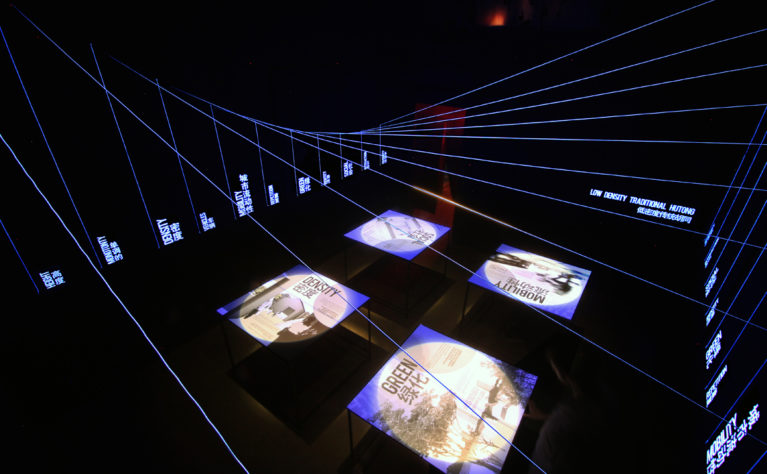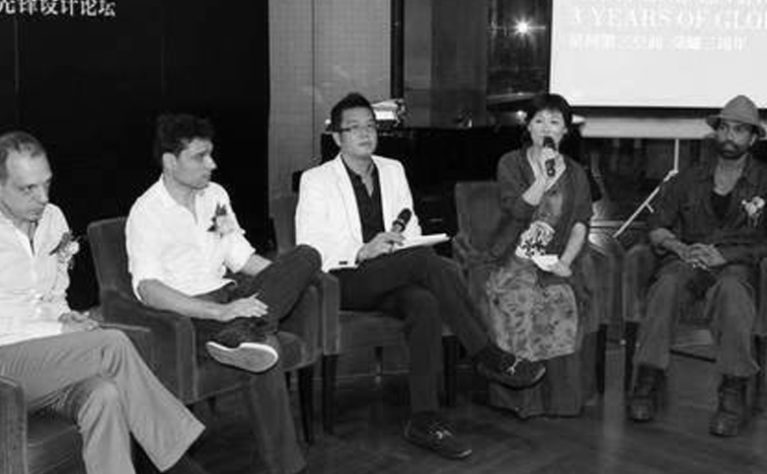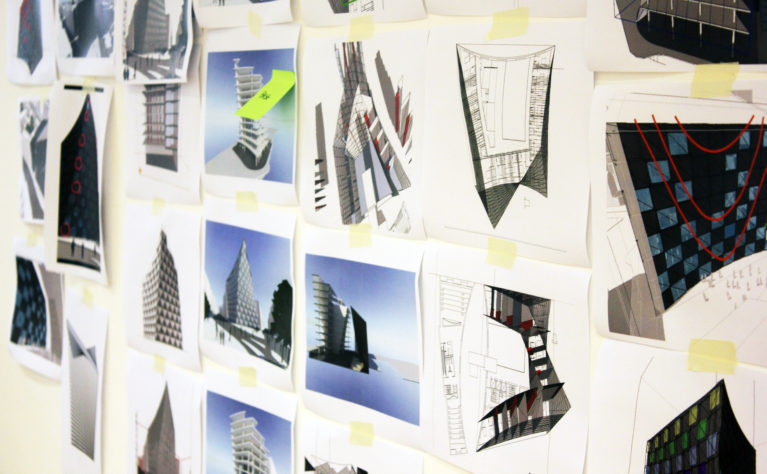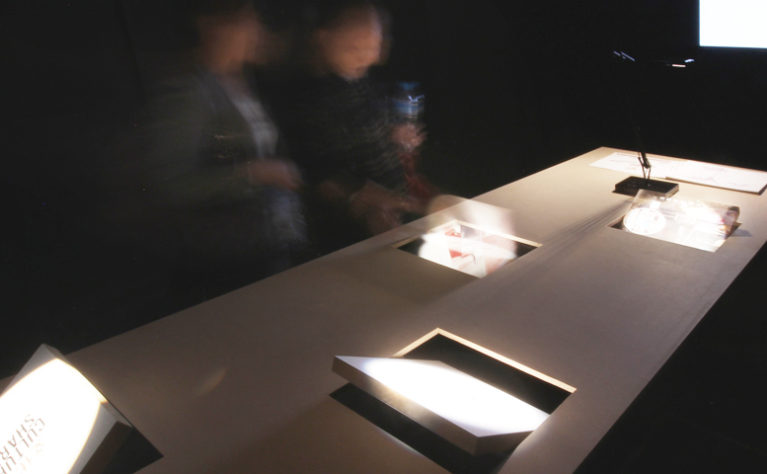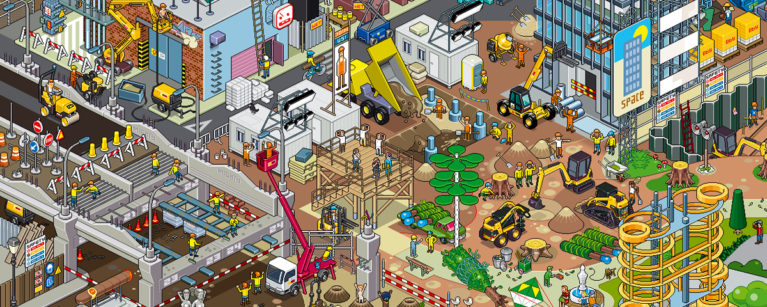
Architecture is nearly always the solution of a complex problem, an equation with many variables and which can be resolved in more than one way. It needs to address the programme, the site conditions, be formally expressed and have technical solutions that allow building it, but it must also have an intention or contain an interesting concept because it remains an artistic expression. Since the solution starts with an idea until it is materialised, many people have to be involved: architecture is teamwork, not only when building, but also when planning and the diversity of views has the considerable potential not to leave out any side of the issue.
It was precisely other architects, those of computers, information flows and software, who changed the concept of teamwork with the open source movement, who revolutionised the conception of a product by including everyone who had something to contribute. These hackers, in the best sense of the term, proved not only that an open environment leads to better results, but also changed the concept of collaboration with the understanding that in order to contribute it is necessary to be passionate about what you do and share results freely.
Enthusiasm and debate. Although in the conception and development of an architectural project there is a lot of both, open source architecture, if it exists, is a different concept from that of software. While an architect’s job has a social component and architecture is something in which people participate, a building is not a product which can normally be tested and modified while used, as is the case with software. Architecture is planned and built, there is no beta version, therefore all situations need to be foreseen on paper. The great advantage of open source systems is that the users are the creators and they can adapt the product as they use it, but buildings cannot be copied and distributed freely. Therefore, it appears that the open source philosophy only makes sense in architecture that serves people and its implementation is more viable during project development when it is still being conceived when its source code is being written.
In this regard, current processes have much to do with those of software creation. Even if you start with a freehand drawing or physical models are used, computers have become an essential tool which has conditioned work methods. Architecture is resolved through drawing and drawing has become a code that many different people devise through BIM. While projects change and develop, ideas are checked with new lines, layers, references, 3D models. The outcome improves with each version and changes are shared and updated.
Computers provide communication and immediacy, the basis for collaboration systems, but also, current software increasingly facilitates processes. Parametric tools allow linking elements, observing how models perform according to the changes entered; calculation systems allow studying the performance of the structure, MEP, etc. The method is more interactive and it consists of updating and introducing improvements progressively, which is very similar to editing a wiki, another one of the major breakthroughs derived from the open source philosophy.
Now then, if both the methods and the field of application seem to indicate it would be possible to plan architecture in an open environment, what would be the consequences of using wiki architecture? Let us think about our cities. It seems evident that governments are striving to find the best solutions for shared infrastructures and the proof are the ideas competitions frequently organised for buildings or public spaces. If the aim is to find the proposal that best meets what citizens need, no formula would be as effective as giving a carte blanche for all to participate in the design. This idea, which may sound like a folly akin to allowing everyone to build and change their city at whim, is perhaps not so utopian when compared with the revolution that took place in the world of software, where, incidentally, conflicting interests were not an obstacle either, to prove results.
Thus, the ability to modify the code of the software we use does not mean we know how or that we want to, in the same way, that for example, not all users of a public library want to decide how it is designed. Wiki architecture would need architects just like free software cannot do away with information systems engineers, however, in this field, changing the concept of author would have other consequences.
Planning architecture is putting yourself in the place of those who are going to use the building and anticipating all situations, which is not easy to do. An architecture based on an open environment is possible and it would undoubtedly bring the expectations of users closer to the results from a functional perspective. However, architecture contains other intentions common to any other creative process and these define the concept and nature of the artistic work. These purposes are subjective, they are based on ideas or intuitions defended individually and they are what can turn a project into a work of genius. Architecture is not merely a tool, it can evolve towards more open methods, but not lack an artistic intention. We have been able to use a wiki to share our knowledge in a world encyclopaedia, but it is unlikely that we will be capable of writing a literary masterpiece between us all.

